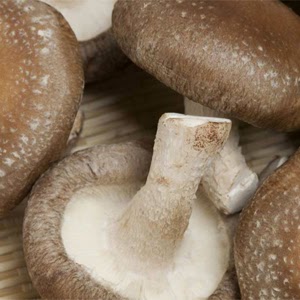Where Does Kojic Acid Come from?
Kojic acid was originally found in 1989 in mushrooms from Japan, but it has since been discovered in other substances, like the residue that comes from fermenting rice wine. Scientists have noted the acid in soy, rice, and other grains. Kojic acid is an all-natural compound derived from fungi – sort of like mushrooms. That means that kojic acid is completely natural and not something that’s man-made in a laboratory by a group of scientists and dermatologists.

How Does Kojic Acid Work?
Kojic acid is absorbed into the skin through tropical solutions, like soaps, creams, lotions, and moisturizers. As the skin pulls in the acid, the kojic starts to slow down the production of melanin. Melanin is the element that makes the skin darker. When it is concentrated in one area, it can leave a dark spot. By slowing this production, the kojic acid makes the skin lighter, brighter, and more vibrant.

However, you don’t have to have a skin problem for kojic acid to work. It will work on healthy skin and reduce the production of melanin, giving your skin an overall lighter appearance wherever you use the topical treatmen
Kojic Acid Is Safe
Unlike many main ingredients used in topical treatments designed to lighten the skin, kojic acid is very safe.
If you have sensitive skin, you may experience some irritation with kojic acid. If this gets to the point that it burns or stings for long periods of time, it may be best to find an alternative product. You may experience some tingling no matter what, but it should be quick and painless. Anything beyond that is a cause of concern.
If you're already using topical treatments for skin lightening or just weighing your options before you pick a type to try, you should definitely consider a skin lightening cream that contains kojic acid.
